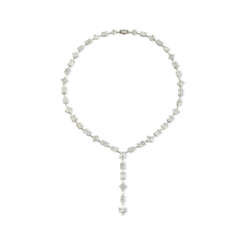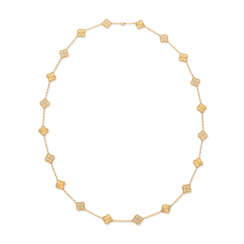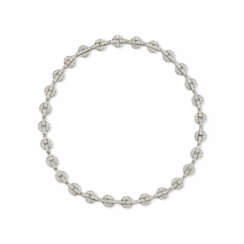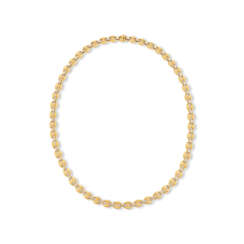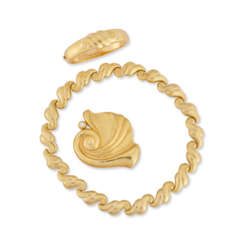
Necklaces, chains — Jewels Online: The London Edit
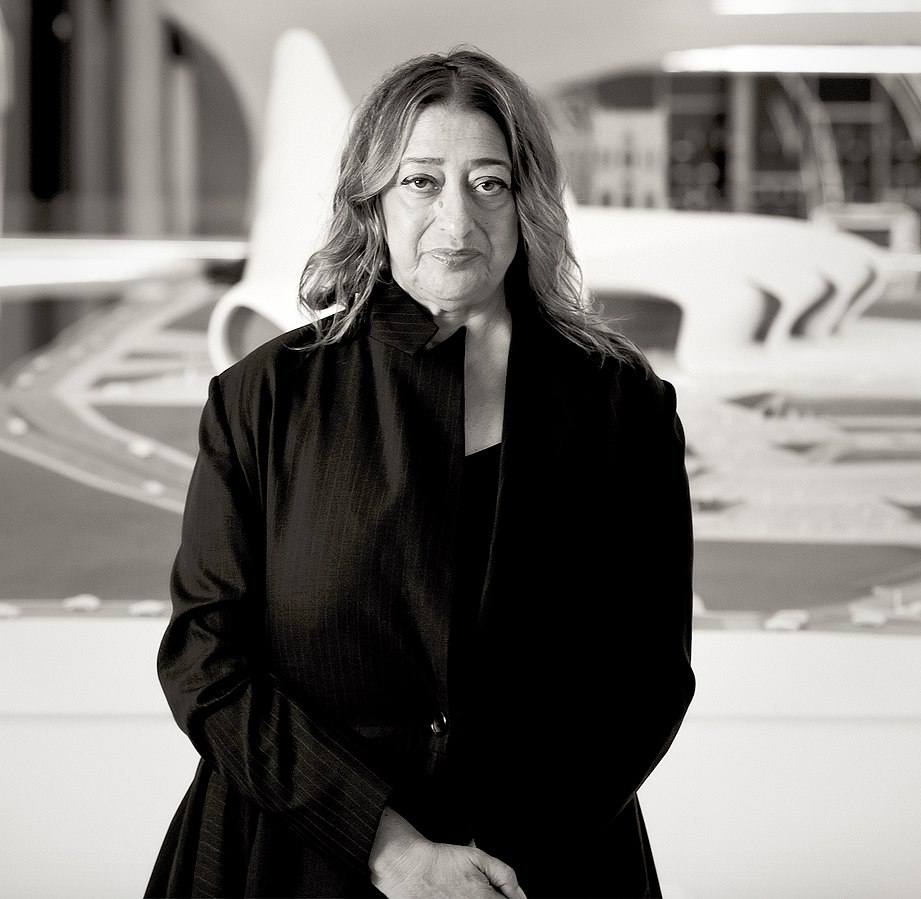
Dame Zaha Mohammad Hadid, an Iraqi-British architect, was a pioneering figure in architecture, known for her revolutionary designs and as the first woman to receive the prestigious Pritzker Architecture Prize in 2004. Born in Baghdad in 1950, Zaha Hadid's passion for architecture was influenced by her early experiences in Iraq and her studies in mathematics at the American University of Beirut. She further honed her skills at the Architectural Association School of Architecture in London, where she was part of a milieu that challenged traditional architectural norms.
Zaha Hadid's architecture is celebrated for its bold, futuristic forms, often described as being ahead of her time. Her design ethos defied conventional architectural geometry, earning her the nickname "Queen of Curves." Her notable projects include the London Aquatics Centre, the MAXXI Museum in Rome, and the Heydar Aliyev Center in Baku, each characterized by fluidity and innovative spatial concepts.
Zaha Hadid Architects, the firm she founded, continues to push architectural boundaries, reflecting her legacy in numerous global projects, from cultural centers to infrastructural marvels. Despite her passing in 2016, Hadid's influence persists, inspiring a new generation of architects to explore the intersections of design, technology, and art.
For enthusiasts and collectors in art and architecture, Zaha Hadid's work serves as a beacon of innovation and creativity, illustrating the power of architecture to shape experiences and environments. Her contributions to the field have been recognized with numerous awards, solidifying her status as a transformative figure in contemporary architecture.
To stay updated on exhibitions or events related to Zaha Hadid's work, consider subscribing to updates from architectural institutions or galleries that showcase her legacy and ongoing influences in the field.






